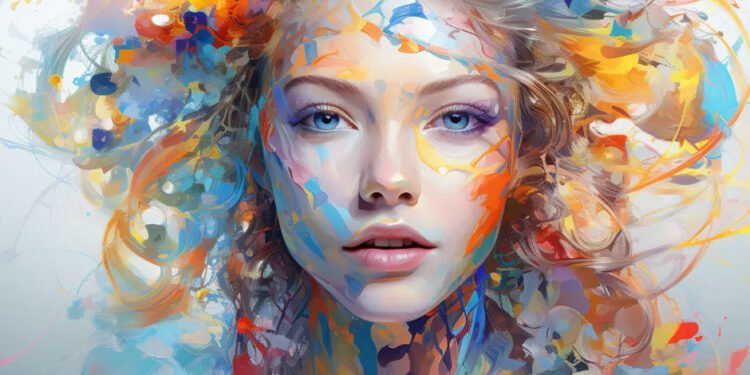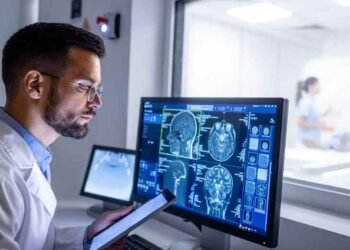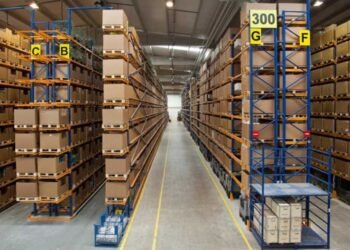Art has always been a reflection of human creativity, emotion, and innovation. Throughout history, technological advancements have played a pivotal role in shaping artistic expression—from the invention of the paintbrush to the emergence of photography. Today, artificial intelligence (AI) is at the forefront of this evolution, redefining the boundaries of art through image generation. AI image generation has opened up a new realm of possibilities, challenging traditional notions of creativity while providing groundbreaking tools for artists and industries alike.
The Emergence of AI in the Art World
AI’s foray into art began as a means to assist artists in simplifying complex tasks, such as photo editing and color correction. Over time, it evolved into a sophisticated tool capable of creating entirely original works of art. By analyzing vast datasets of existing images and through the use of a well designed ai image generator interface, AI can now produce visuals that mimic various styles, genres, and techniques, ranging from Renaissance-inspired paintings to hyper-realistic digital art.
This innovation stems from advanced machine learning models, including generative adversarial networks (GANs), which enable AI to generate unique content by pitting two networks against each other—one creating images and the other critiquing them until perfection is achieved.
How AI Image Generation Works
AI image generation relies on algorithms trained to recognize patterns, shapes, and colors in datasets containing millions of images. These algorithms learn to mimic and combine elements to produce entirely new visuals. The process can be adjusted by users, who input specific preferences such as style, mood, or subject matter.
For instance, a designer might use an AI photo generator to create a surreal landscape for a project, customizing elements like color palettes and composition. This ability to generate tailored visuals in seconds has made AI tools indispensable for creative professionals across various fields.
Advantages of AI in Art
The integration of AI into the art world offers numerous benefits, transforming the way artists work and interact with their craft.
1. Accelerating Creativity
AI reduces the time spent on repetitive or time-intensive tasks, allowing artists to focus more on ideation and experimentation. By automating certain aspects of creation, AI provides a platform for greater creative exploration.
2. Democratizing Access to Art
Artistic tools powered by AI are often more affordable and accessible than traditional methods. Aspiring artists, regardless of their technical skills or resources, can now experiment with high-quality visuals, leveling the playing field in creative industries.
3. Expanding Artistic Boundaries
AI enables the creation of art that was once deemed impossible. From dynamic generative designs to interactive installations, the possibilities are virtually limitless. Artists can now merge digital and physical mediums, creating hybrid works that push the boundaries of traditional art.
4. Bridging Cultures and Styles
By analyzing diverse datasets, AI can combine artistic styles from different cultures and historical periods. This fusion of influences has led to the creation of unique works that resonate across global audiences.
Challenges and Ethical Concerns
While AI image generation offers exciting possibilities, it also raises significant challenges and ethical questions.
1. Authenticity and Originality
One of the most debated topics is whether AI-generated art can truly be considered original. Since AI relies on pre-existing data, critics argue that its creations are merely derivatives, lacking the emotional depth and intent associated with human-made art.
2. Copyright Issues
AI systems are trained on datasets that often include copyrighted material, leading to potential legal conflicts. Establishing clear guidelines on ownership and credit in AI-generated works is essential to address this concern.
3. Impact on Human Artists
As AI tools become more prevalent, there is a growing fear that they could replace human artists in certain areas, such as commercial design or illustration. However, many believe that AI will act as a collaborator rather than a competitor, enhancing human creativity rather than replacing it.
4. Bias in Data
The quality of AI-generated art depends heavily on the datasets used for training. If these datasets are biased, they can perpetuate stereotypes or exclude certain perspectives, highlighting the importance of diverse and inclusive data.
AI’s Role in Commercial Art and Design
Beyond personal artistic pursuits, AI image generation is revolutionizing commercial industries such as advertising, gaming, and film. For example, companies use AI to generate concept art, create storyboards, and design promotional materials, all at a fraction of the cost and time required by traditional methods.
The gaming industry, in particular, has embraced AI for creating immersive environments and characters. Similarly, filmmakers are leveraging AI to visualize scenes before production, enabling faster and more efficient planning.
Integration with AI Apps
The rise of artificial intelligence apps has further amplified the impact of AI image generation. These apps offer user-friendly interfaces that allow individuals and businesses to create professional-grade visuals with minimal effort. By integrating AI capabilities into everyday tools, they have made image generation accessible to a broader audience, from amateur artists to seasoned professionals.
Such apps are not limited to static visuals; many also include features for animation, 3D modeling, and augmented reality, expanding the potential for interactive and dynamic art forms.
AI and Collaboration in the Art Community
AI has also fostered collaboration within the art community, bringing together artists, programmers, and technologists to explore new creative possibilities. Hackathons, workshops, and online platforms dedicated to AI art have emerged, encouraging interdisciplinary partnerships and the exchange of ideas.
These collaborations often result in groundbreaking projects that merge art and technology, such as installations powered by real-time data or generative designs that evolve based on viewer interaction.
The Future of AI in Art
As AI technology continues to advance, its role in the art world is likely to expand. Future developments may include more intuitive tools, greater integration with other technologies like virtual reality (VR) and blockchain, and enhanced capabilities for creating hyper-personalized art.
However, the future of AI in art will also depend on how the industry addresses existing challenges. Ethical guidelines, inclusive datasets, and a balanced approach to AI-human collaboration will be crucial for ensuring that this technology benefits everyone.
Striking a Balance Between Tradition and Innovation
While AI is undoubtedly transforming the art world, it is essential to strike a balance between embracing innovation and preserving traditional artistic practices. Human creativity remains irreplaceable, offering emotional depth and cultural significance that machines cannot replicate.
Artists and industry professionals must view AI as a tool rather than a threat, leveraging its capabilities to enhance their work while staying true to their unique visions. By doing so, they can ensure that the art world remains a vibrant and dynamic space where technology and tradition coexist harmoniously.
Conclusion
AI image generation is changing the game in art, offering unparalleled opportunities for innovation, efficiency, and accessibility. While challenges persist, the potential for collaboration and creativity far outweighs the drawbacks. By navigating this evolving landscape thoughtfully, artists and industries can harness AI’s power to shape a future where technology and artistry complement each other, driving the next chapter of human expression.












